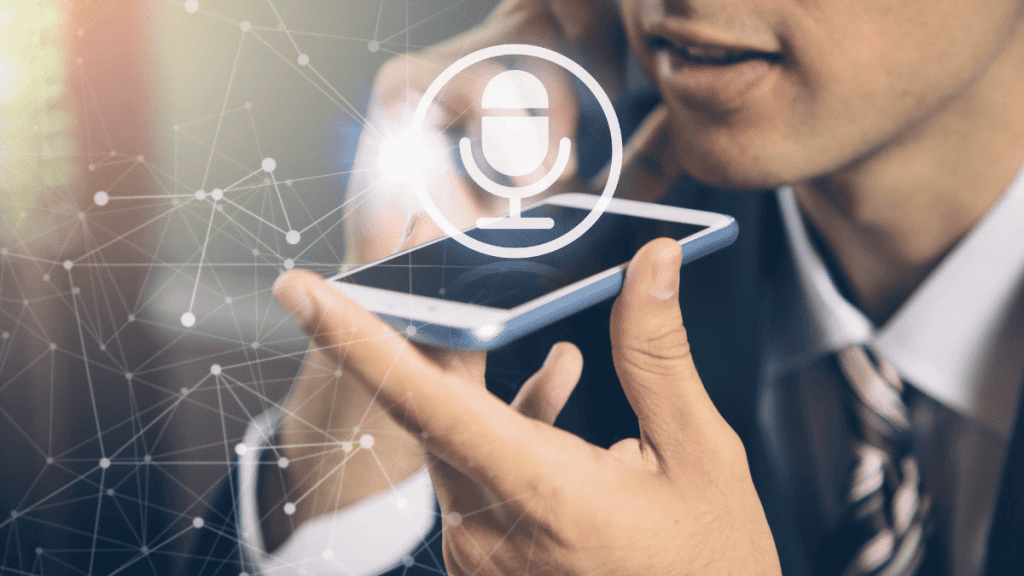More and more people are using their voices to control their tech-enabled devices. From Siri to Alexa, users ask voice assistants to do mundane and complicated tasks. Healthcare providers are also finding creative ways to use voice recognition technology in the medical field to give patients more independence.
Table of Contents
ToggleVoice recognition technology allows doctors to use the right tools while busy with other tasks. It can also be used in home health care to ensure patients get the proper treatment. This blog will examine how voice recognition technology can be used in healthcare in 2022.
Voice Recognition Technology, AI, and NLP in Healthcare
Voice recognition is the ability to convert spoken words into written or electronic text. This technology can be used in various ways, including dictation and transcription services.
AI is a branch of computer science dedicated to building machines and software capable of performing tasks that usually require human intelligence, such as visual perception, speech recognition, and decision-making.
NLP involves studying how computers can understand human language in all its variations, including slang, idioms, and metaphors, and employ intelligent systems.
Here’re examples of how the healthcare industry is leveraging Voice recognition technology, AI and NLP:
- Voice recognition technology is being used to transcribe medical records and help doctors better understand their patients’ voices. The model requires quality training data that allows the technology better understand the voices and support in a better way.
- AI and ML are being used to develop new drugs and personalized patient treatments.
- NLP is being used to help doctors to understand the meaning of medical texts better and to help them to better communicate with their patients.
- AI and ML are used to predict which patients are likely to develop certain diseases and identify early signs of illness.
Benefits and uses for Voice Recognition in Healthcare
1. Face-to-Face interaction
Voice recognition systems can be used for face-to-face interactions with patients and staff, as well as for remote monitoring of patients.
When used in face-to-face interactions online, voice recognition can improve the accuracy of information exchange and reduce the likelihood of misunderstandings.
Doctors can use voice recognition in face-to-face interactions to perform several tasks. For example,
- Support patients to navigate through their health records or schedule appointments.
- Scheduling appointments, making payments, and registering new patients.
- Providing information to patients in a variety of languages using voice-to-text translation software.
2. Language dependability
The main benefit of voice technology is that it is language-independent, and this means that anyone can use it regardless of their native tongue by leveraging conversational AI.
Users can speak any language, and the software will recognize their words and convert them into text. This has enormous implications for international patients and medical staff who may not be fluent in English or another language.
3. Accurate diagnosis and documentation
Voice recognition software allows doctors to accurately diagnose and document their patients’ conditions without writing down information by hand. This helps ensure that doctors accurately understand what’s happening with their patients so they can provide more effective customer services by creating detailed treatment plans.
4. Save Doctor Time
Doctors are always on the go, with no time to waste. Therefore, they don’t have time to sit and write down every detail of their patient’s history.
By using voice recognition software, doctors can record a patient’s history instantly by speaking into their computer or smartphone. This can save valuable time for the doctor and make things easier for the patient.
5. Accuracy and speed
Voice recognition software uses artificial intelligence to understand and convert speech into text, which makes it more accurate than using keyboards or other input methods. It’s also more efficient than a chatbot, as users don’t have to look at their screens while talking to avoid making mistakes.
Voice recognition software also allows doctors to enter data more quickly than if they were typing on a keyboard or writing notes by hand. Automation with it can speed up their workflow and allow them to spend less time entering datasets manually and more time working directly with patients or doing other tasks that require their attention.
Conclusion
Voice recognition technology is becoming increasingly important in health care, with doctors and nurses increasingly relying on it to handle many of their professional duties.
While many questions still need to be addressed before we see widespread use of this technology in hospitals, clinical environments, and doctor’s offices, the early signs suggest significant promise.





